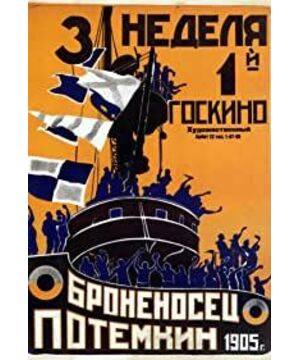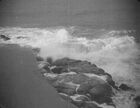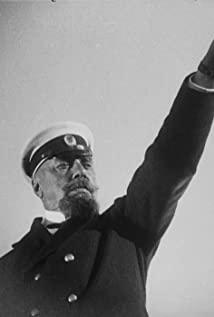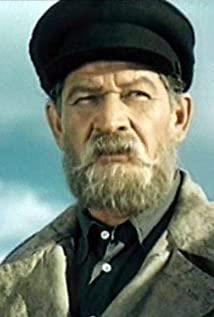The film "Battleship Potemkin" describes a real event in the 1905 Russian Revolution. At that time, the Czarist autocratic system had become extremely corrupt, and the masses of workers and peasants were increasingly dissatisfied with and resisted the czar's reactionary rule, and the wave of strikes spread all over the country. On January 9th-the famous "Blood Sunday" in history, the tsarist government's bloody suppression of peaceful protesters further angered the people of the whole country. The revolutionary sentiments of the people also spread among the Black Sea soldiers. The reactionary officers' unreasonable bullying against them made them intolerable. One day, the sailors on the Potemkin Battleship moored outside the port of Odessa found that the meat they were making soup was all stinky meat full of maggots, so they quarreled with the officers and refused to eat. Express their protest. The captain assembled all the sailors on the deck and ordered the disciplinary team to shoot and slaughter the sailors who dared to resist. The disciplinary team refused to shoot at his brother, and the reactionary officer Gilelovski was furious and furious. At this critical moment, the sailor Huakulinchuk boarded the turret and raised his arms. The sailors responded in a row, knocking down the reactionary officers. The sailors occupied the Battleship and raised the red flag of the revolution (note: this was ingeniously painted by Eisenstein on the black and white film copies by hand
), and the Battleship Potemkin declared an uprising. However, Huakulinchuk was shot and killed by the vicious Gilelovski. Huakulinchuk's body was transported to the port of Odessa. Citizens came to pay their respects amidst grief, and the long breakwater was crowded with outrageous people. Then, white sails were shown on the screen. Odessa citizens took many small sailing boats to send a large amount of food to the Battleship that announced the uprising, in support of the sailors' revolutionary actions.
Just as the warm atmosphere of revolutionary unity reached its climax, suddenly there were rows of gunfire, and the suppression of the tsarist reactionary authorities began. The reactionary army lined up in neat rows and walked down the stairs leading to the pier, shooting at the innocent citizens without breaking the gun. Facing this brutal massacre, the uprising Battleship shook its majestic cannon and fired fiercely on the reactionary army. At night, everything returned to calm, and the Battleship was enveloped in thick ominous fog. The 12 warships of the Black Sea Fleet were deployed to suppress the insurgents. The insurgent sand soldiers boarded the deck, prepared for all battles, and stood ready. The two sides gradually approached, and the atmosphere suddenly became tense. Suddenly a burst of cheers broke the silence before the battle: the sailors on the ship sent to carry out the suppression task refused to fire on the uprising Battleship. The Battleship Potemkin passed through the formation of 12 warships in a mighty posture, left the harbor and sailed to the high seas. In the next shot, the tall and majestic uprising Battleship drove straight towards the audience from the depths of the screen, symbolizing the invincibility of the revolutionary power.










